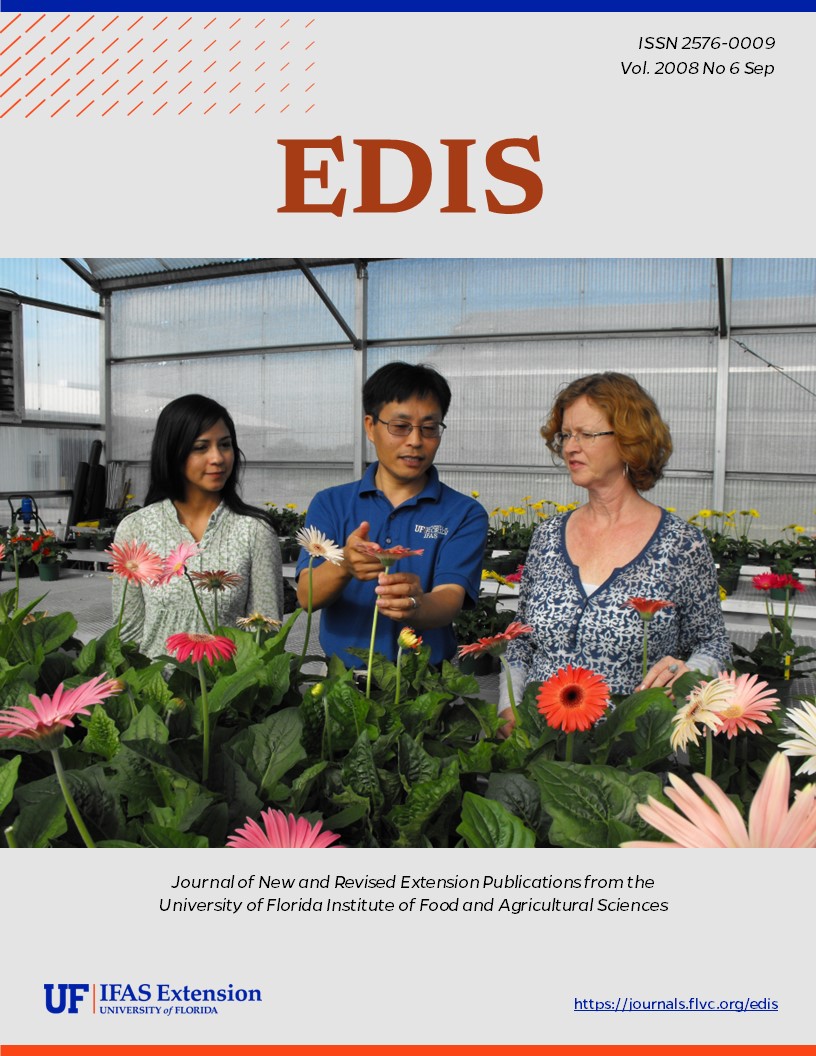Abstract
FCS-2287, a 4-page fact sheet by Lynn Max and Heidi Liss Radunovich, discusses issues surrounding returning to school in a question-and-answer format — advantages and disadvantages, how to pay for it, and factors contributing to success. Includes references. Published by the UF Department of Family Youth and Community Sciences, August 2008.
FCS2287/FY1057: Should You Go Back to School? A Guide for Women (ufl.edu)
References
American Council on Education. Retrieved October 28, 2007, from College is possible: http://www.acenet.edu/Content/NavigationMenu/ProgramsServices/CIP/PayingforCollege/Myths_Realities.htm.
Bradburn, E. M., Moen, P., & Dempster-McClain, D. (1995). Women's return to school following the transition to motherhood. Social Forces, 73(4), 1517-1551. https://doi.org/10.2307/2580457
Butler, S. S. & Deprez, L. (2002). Something worth fighting for: Higher education for women on welfare. Affilia, 17(1), 30-54. https://doi.org/10.1177/0886109902017001003
DYG Inc. & Lake Snell Perry and Associates. (1999). Gaining a foothold: Women's transitions through work and college. Washington, D.C.: American Association of University Women Educational Foundation.
Felmlee, D. H. (1988). Returning to school and women's occupational attainment. Sociology of Education, 61(1), 29-41. https://doi.org/10.2307/2112307
Freeman, C. (2004, November). National Center for Education Statistics. Retrieved November 6, 2007, from National Center for Education Statistics: http://nces.ed.gov/pubs2005/2005016.pdf.
Glenn, N. D. & Weaver, C. N. (1982). Further evidence on education and job satisfaction. Social Forces, 61(1), 46-55. https://doi.org/10.2307/2578073
Johnson, S. & Robson, C. (1999). Threatened identities: The experiences of women in transition to programmes of professional higher education. Journal of Community & Applied Social Psychology, 9, 273-288. https://doi.org/10.1002/(SICI)1099-1298(199907/08)9:4<273::AID-CASP505>3.0.CO;2-V
Jones-DeWeever, A. A. (2005). When the spirit blooms: Acquiring higher education in the context of welfare reform. Journal of Women, Politics & Policy, 27(3/4), 113-133. https://doi.org/10.1300/J501v27n03_08
Sosulski, M. R., Cunningham, A., & Sellers, S. L. (2006). Fostering HOPE: A narrative case analysis of one teenage mother's pursuit of a college education. Affilia: Journal of Women and Social Work, 21(3), 320-335. https://doi.org/10.1177/0886109906288902
Van Stone, N., Nelson, R. J., & Niemann, J. (1994). Poor single-mother college students' views on the effect of some primary sociological and psychological belief factors on their academic success. The Journal of Higher Education, 65(5), 571-584. https://doi.org/10.2307/2943779

